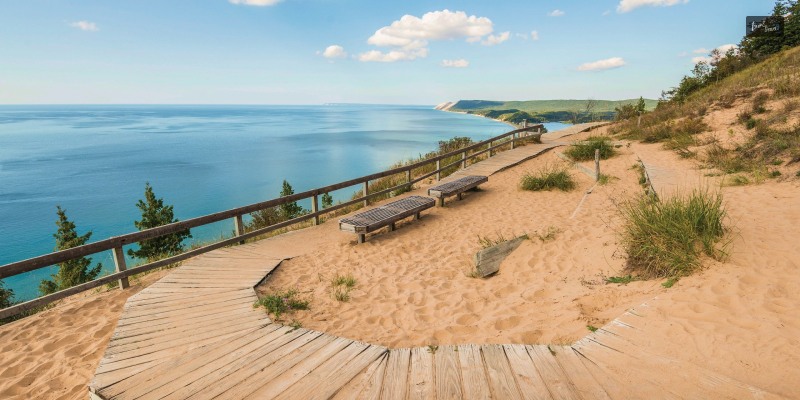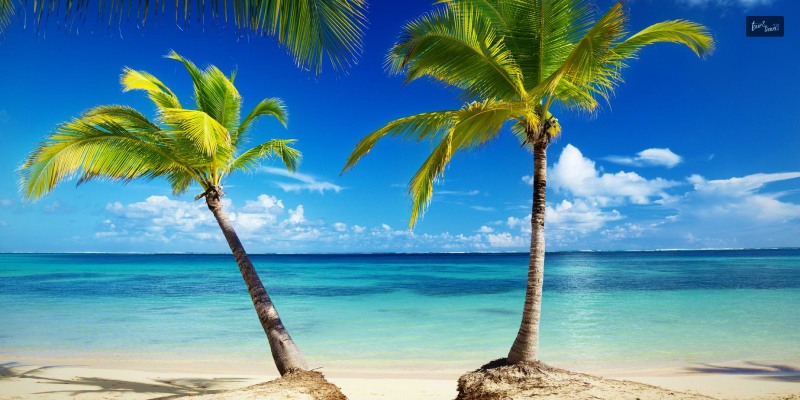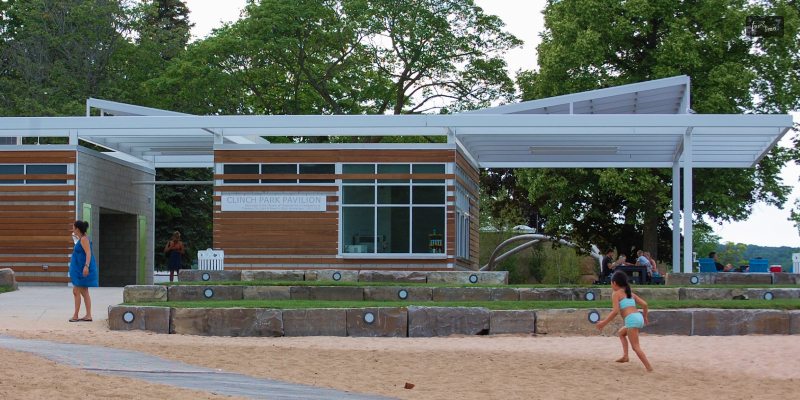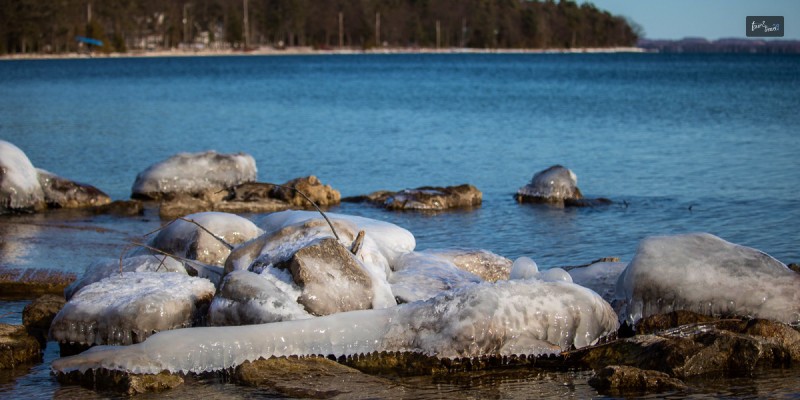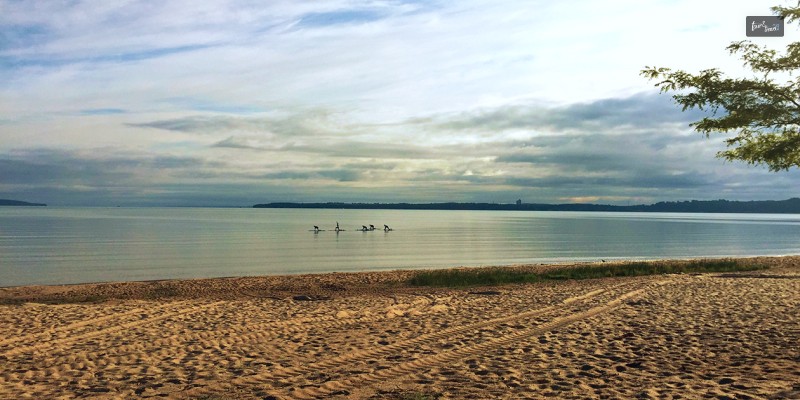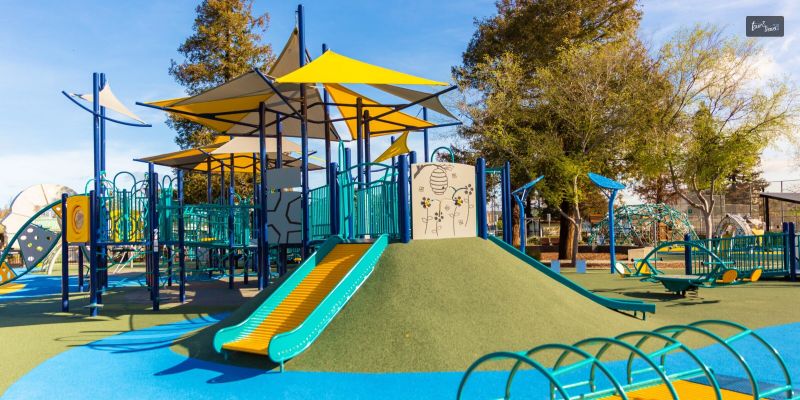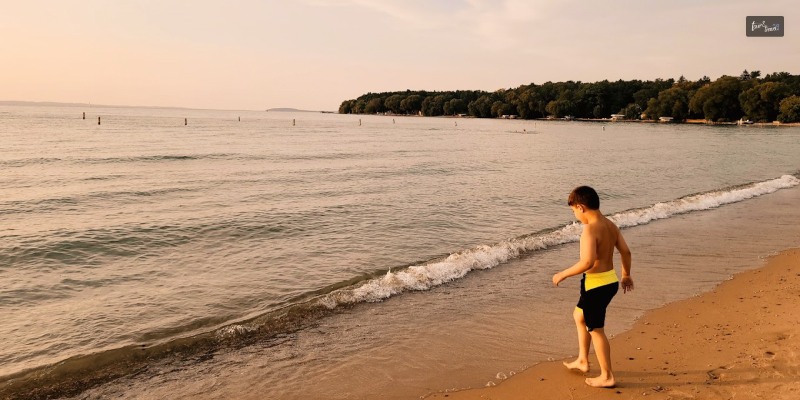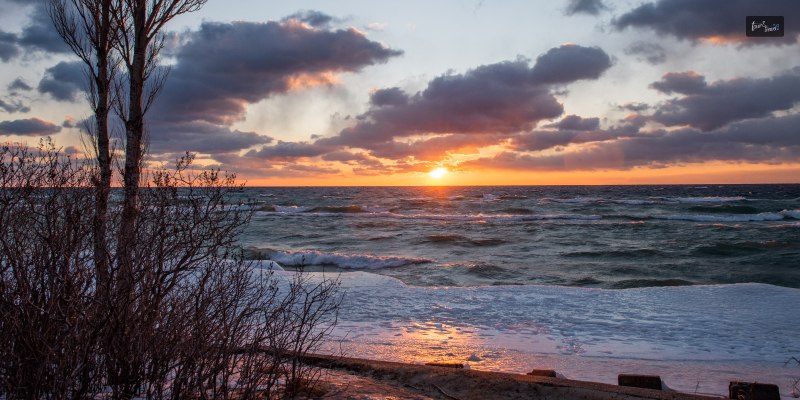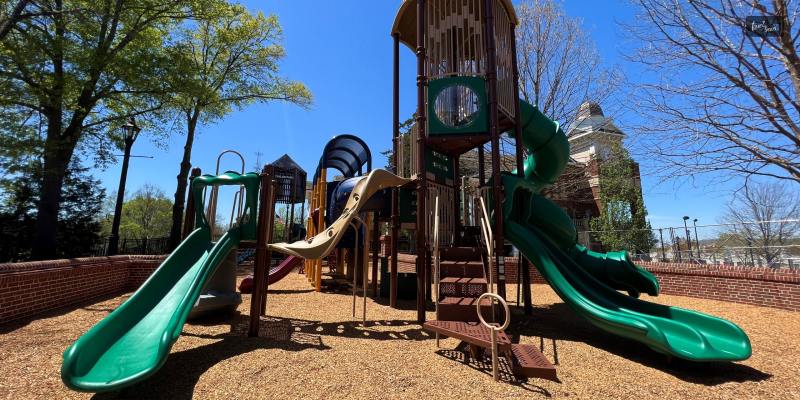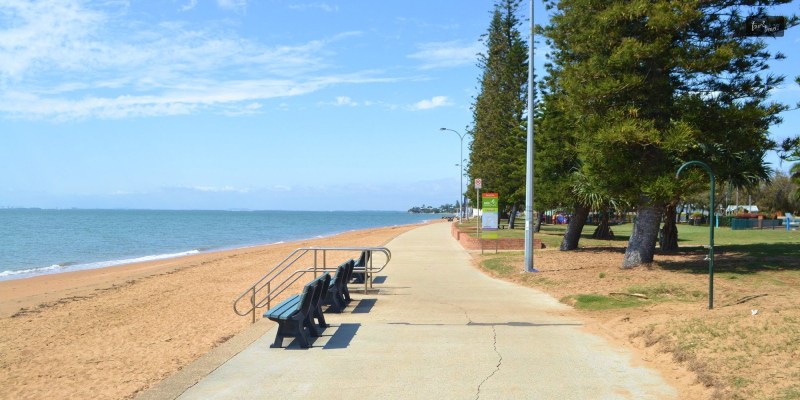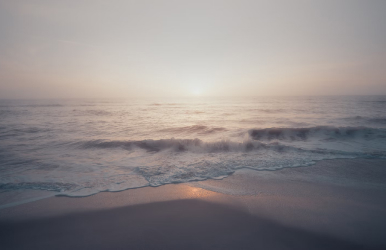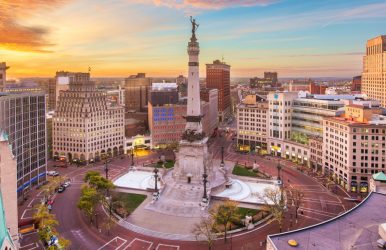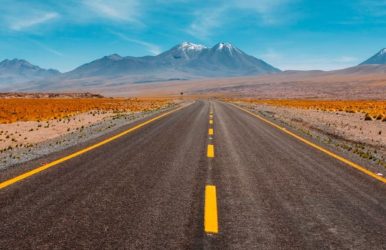You Cannot Miss These Unique Things To Do In Indiana | Explore The Hidden Gems To Visit
BY Sibashree Dec 17, 2024
Indiana, the home of pop-king Micheal Jackson, is also a popular tourist attraction. Exuding a midwestern charm, Indiana stands out with its diverse landscape and rich cultural history. In addition, Indiana has many manmade and natural marvels, making it ideal for tourists of all types. The best time to visit Indiana is between May to August. However, depending on your choices and preferences, Indiana offers year-round attractions. For example, during September and October, you will notice the fall colors filling the environment. Again, winter in Indiana is the most happening, with the festive spirit of Christmas and New Year in the air. Nevertheless, irrespective of the season you visit Indiana, the following hidden gems will never disappoint you. Unique Things To Do In Indiana | Hidden Gems You Must Visit In The City Of Michael Jackson Indiana is well-connected to the rest of the world and other states, thanks to the Lafayette and Indianapolis airports. Further, because of IndyGo, the largest public transport provider in Indiana, you can easily explore the city even without a car. Moreover, you can control the budget of a trip to Indiana by changing your travel style. The most budget-friendly tour packages in Indiana start from around $212 for each person, inclusive of flight charges and hotel tariffs. Nevertheless, if you are looking for the best things to do in Indiana, you can visit the following hidden gems in the city. 1. Visit The Benjamin Harrison Presidential Site https://www.instagram.com/p/DC7erbBTGdp/ Address: 1230 N Delaware St, Indianapolis, IN 46202 Contact No: +1 317-631-1888 Hours Open: Monday - Friday (10 AM to 3:30 PM), Saturday (10 AM to 3 PM), Sunday (12 PM to 3 PM) “Let those who would die for the flag on the field of battle give a better proof of their patriotism and a higher glory to their country by promoting fraternity and justice.” Benjamin Harrison The Benjamin Harrison Presidential Site was once home to this great soul and the 23rd president of America. Every day, the site conducts guided tours throwing on the life of Benjamin Harrison and the entire Harrison family. Furthermore, it has the best collection of art, sculptures, photographs, and ornaments. It’s time for you to explore all of these. 2. Explore The Michael Jackson Family Home Address: 2300 Jackson St, Gary, IN 46407 Though you cannot enter the Michael Jackson Family Home, a drive by this house is nothing short of a thrill for the Michael Jackson fans. When you are in Indiana, you must stop here for a moment and feel like “he has been here.” 3. Visit The Studebaker National Museum https://www.instagram.com/p/CuKFa4qgdzI/ Address: 201 Chapin St, South Bend, IN 46601 Contact Number: +1 574-235-9714 Monday - Saturday: 10 AM to 5 PM, Sunday: 12 PM to 5 PM The Studebaker National Museum is a great place if you want to know about the local history, especially the automotive progress. You will find around 120 vehicles here, demonstrating the evolution of the transportation process. You will especially love the U.S. presidential carriages collection here. The collection here is the largest, including the car of Abraham Lincoln in which he was assassinated on his route to the Ford Theatre. 4. Spend Some Time In Nature At The Turkey Run State Park Address: 8121 Park Road, Marshall, IN 47859 Contact Number: +1 765-597-2635 Hours Open: 7 AM to 11 PM The Turkey Run State Park is famous for its geological wonders, and hiking is the best way to explore the place. You will find here sandstone ravines, views of Sugar Creek, and old forests. Furthermore, it has Colonel Richard Lieber's Cabin as a tribute to his contribution to the state park system of the city. Moreover, when at the Turkey Run State Park, you cannot miss a visit to the Nature Center. It has the most informative displays. Further, the exhibits here are interactive, and you will love the interpretive naturalist programs. Also, if you are a wildlife lover, you can enjoy the best views from the wildlife-watching room. 5. Visit The Marengo Cave Location: 400 East State Road 64, Marengo, IN 47140 Contact Number: +1 812-365-2705 Hours Open: 9 AM to 5 PM The Marengo Cave in Indiana is a national US heritage site. It is also the most-visited natural attraction in Indiana. Exploring the Marengo Cave is one of the most unique things to do in Indiana. You have to pass through the cave to learn about its natural environment. Further, you can consider spending a night in the cave. The best part about this activity is that you have to camp underground. The “Night In Cave” packages at the Marengo Cave range between $60-95. Camping and glamping are two other fun activities at Marengo Cave. The time for camping here is between 3 PM to 10 AM. Camping is allowed here throughout the year, and you will only need to pay $30 (excluding taxes) for the same. 6. Experience Nature At Spring Mill State Park Address: 3333 IN-60 E, Mitchell, IN 47446 Contact Number: +1 812-849-3534 The Spring Mill State Park offers you endless opportunities for recreation. You can take part in the following activities here. Mountain biking Boating Swimming Cave tours Hiking However, to explore Spring Mill State Park, you need to spend a day or two here. Go camping in a tent or RV. The park also has many lodging options. 7. Enjoy The Tranquility Of Beautiful Upper Cataract Falls | Unique Things To Do In Indiana Location: Lieber State Recreation Area Height: Around 45 Feet The Upper Cataract Fall and the Lower Cataract Fall make the Cataract Falls the most voluminous one in Indiana. These waterfalls on Mill Creek are located at a distance of 1 mile from each other. Further, these mighty waterfalls come from the pre-glacial bedrock ridges. These ridges are now beneath the lake sediments from the Illinoisan glacial period. Moreover, visiting the Upper Cataract Falls is like being transported to the 1700s. Tribes like Potawatomi, Miami or Native Americans used to reside here. Other places of attraction near the Upper Cataract Falls are Cagles Mill Lake and Aquatic Center. You can even have some outdoor fun at the hiking trails and volleyball courts. Also read Why Include Whale Watching In Your LA Itinerary. Traveling On A Budget: Tips For Affordable Adventures. From Cocktails To Kickflips: Must-Try Activities In San Diego.

